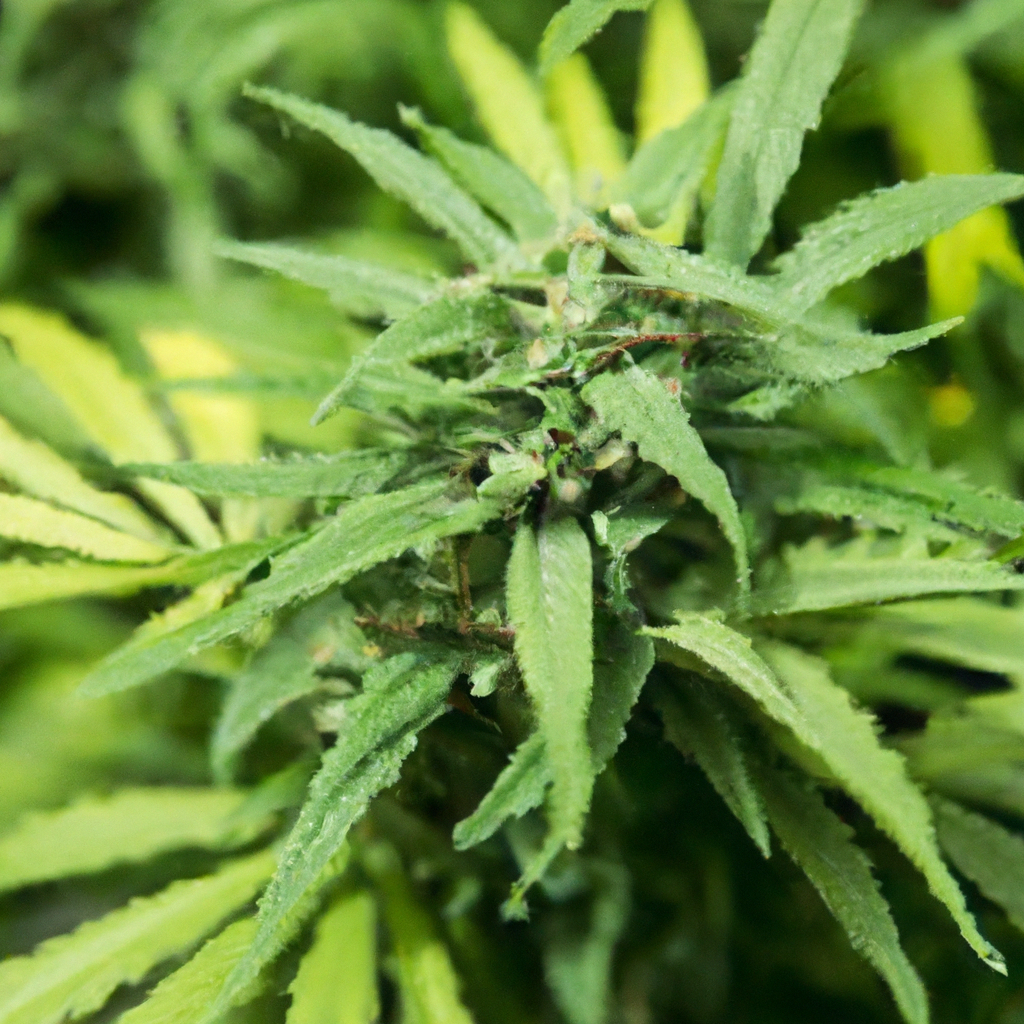By John “Magic” Greenleaf, “Growing greatness, one strain at a time.”
Introduction
Explore the unique world of high-altitude cannabis cultivation in Colorado, where thinner air, greater UV exposure, and fluctuating temperatures challenge and reward growers. Discover the untapped potential of cultivating quality strains in this unparalleled environment.
The High-Altitude Advantage
Growing cannabis at high altitudes offers a variety of benefits that are often overlooked. The unique climate can amplify terpene and cannabinoid production, resulting in more potent and aromatic strains. Here are some key advantages:
- Enhanced UV Exposure: The increased UV light at higher elevations can stimulate resin production, leading to higher THC levels.
- Temperature Variability: Fluctuating day and night temperatures can encourage plants to express their full genetic potential, resulting in a more complex terpene profile.
- Natural Pest Resistance: The cooler climate can naturally reduce certain pests and diseases, offering a more organic grow environment.
Crafting High-Yield Strains
High-altitude growing isn’t just about surviving harsh conditions; it’s about thriving. Colorado-native strains like “Mile High Mystique” and “Magic Kush” are perfect examples of how to harness high-altitude benefits:
“Mile High Mystique”: A hybrid with calming effects and a complex terpene profile, showcasing lavender and earthy notes.
“Magic Kush”: Renowned for its medicinal properties, this indica is perfect for pain relief and offers a deep, restful sleep.
If you’re considering growing high-altitude strains, focus on those bred for resilience and potency. Utilizing the Colorado climate can result in high-yield, quality harvests.
Tips for Successful High-Altitude Growing
Environmental Control
Maintaining the right environment is crucial for success. Implement automated sensors to monitor temperature and humidity levels, ensuring a stable, controlled setting for optimal growth.
Water Efficiency
Natural resources are precious at high-altitudes. Consider using drip irrigation systems, which can cut water waste by up to 40% compared to traditional methods.
Sustainability Practices
Adopt organic practices such as using moisture-retentive organic soil and high-efficiency LED lighting systems. These strategies not only protect the environment but also improve your plants’ overall health and yield.
Conclusion
High-altitude cannabis cultivation offers unique opportunities for innovation and quality. By leveraging Colorado’s unique climate, growers can optimize yields and produce distinct, robust strains. Whether you’re a budding hobbyist or a seasoned professional, embracing high-altitude advantages can transform your cultivation practice. Remember, “Healthy roots, healthy buds, happy harvests.”


Leave a Reply